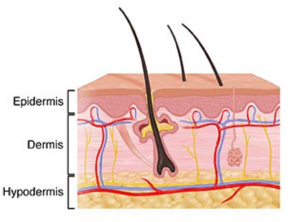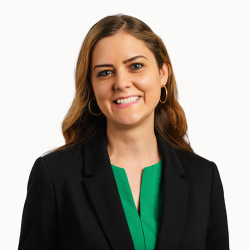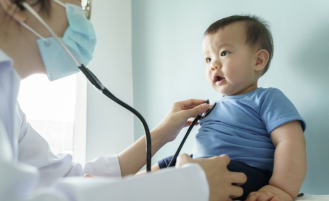6 Sun Safety Tips to Prevent the Most Common Form of Skin Cancer

As spring sets in and temperatures rise in Washington, you're likely eager to head outdoors. But before you ditch your raincoat and bask in the sunshine, remember to protect your skin.
Recently, fitness guru Richard Simmons and American supermodel Christie Brinkley both made headlines after being diagnosed with basal cell carcinoma, the most common type of skin cancer.
Fortunately, there are things you can do to prevent or lessen your risk of developing basal cell cancer. Follow these these six tips to protect your skin and enjoy the sunshine safely.
What is basal cell carcinoma (BCC)?

Basal cell carcinoma starts in basal cells in the deepest part of the epidermis skin layer. It's usually found on sun-exposed skin, like the face, ears, neck, trunk, or arms, but it can start anywhere. These lesions vary in color and may be waxy, pearly, scaly, or scar-like. Tiny blood vessels can sometimes be seen through the lesion’s surface. These lesions can bleed easily and might not heal well. Nearly all basal cell cancers can be treated and cured if they're found early.
6 sun-safety tips to prevent or lessen your skin cancer risk
- According to the American Academy of Dermatology (AAD), people can protect themselves by wearing a broad-spectrum sunscreen that protects against UVA and UVB rays, preferably with an SPF of 30 or higher and water resistance. Wear it even on cloudy days, the AAD says.
- Be sure to cover all of your skin that isn’t already covered by your clothing, including the head, ears, neck and tops of your feet. The AAD recommends using about 1 ounce, the amount that fits into a shot glass, and reapplying every two hours or when swimming or sweating.
- Today, you can even get clothing with built-in sun protection. It’s even more protective if it has a UPF (ultraviolet protection factor) label, according to the AAD. Long-sleeved, lightweight shirts, pants, hats and sunglasses with UV protection can all help.
- Avoid tanning beds and sun lamps.
- If possible, stay out of the sun between 10 a.m. and 2 p.m., when the sun’s rays are strongest. Seek shade.
- See a dermatologist if you have new or suspicious spots on your skin, including itching or bleeding.
If you have any additional questions, want to learn how to reduce your risk further, or are concerned about a changing or growing skin lesion, please make an appointment with a dermatologist for a full assessment and evaluation. Learn more at overlakehospital.org/services/dermatology.
The American Academy of Dermatology has more on basal cell carcinoma.









